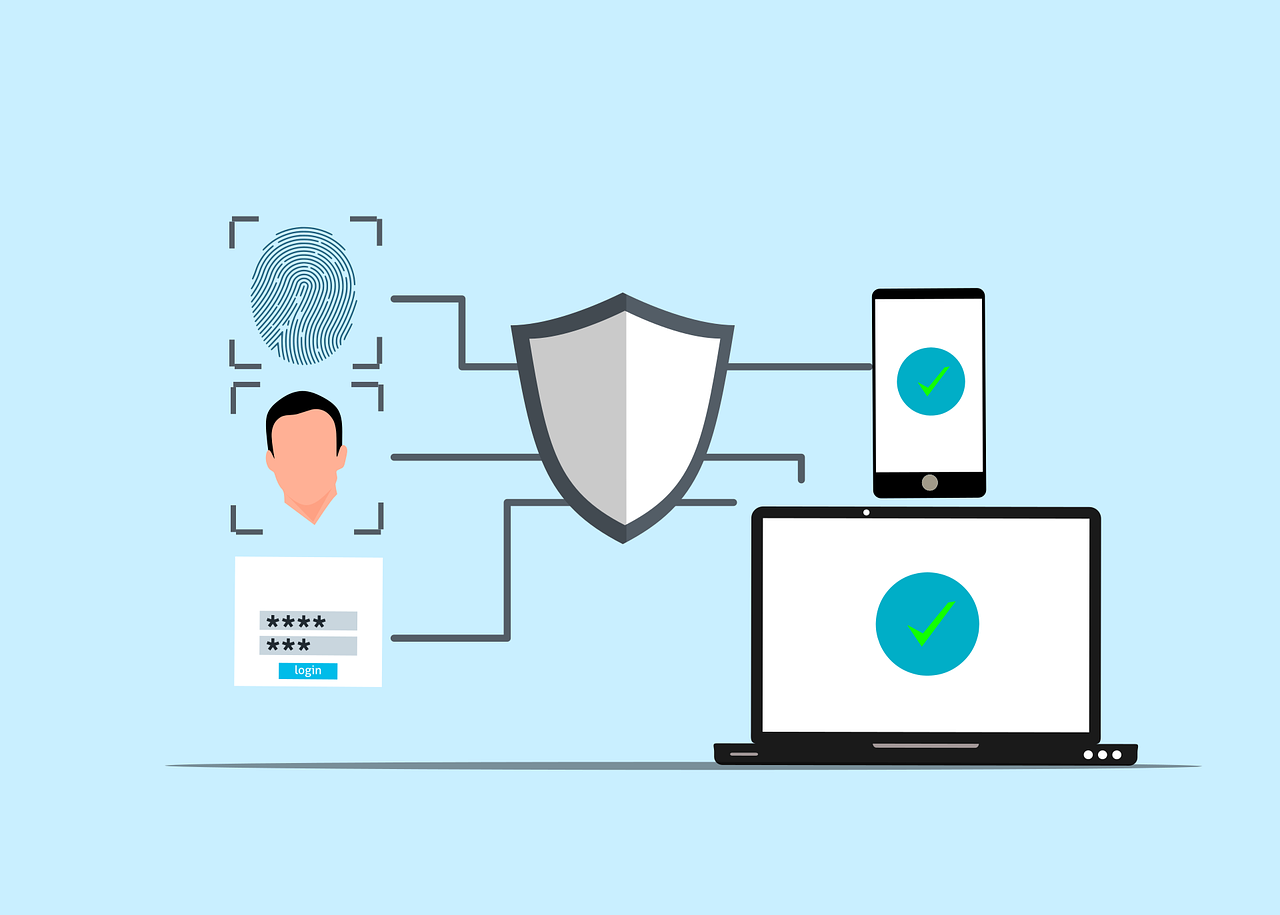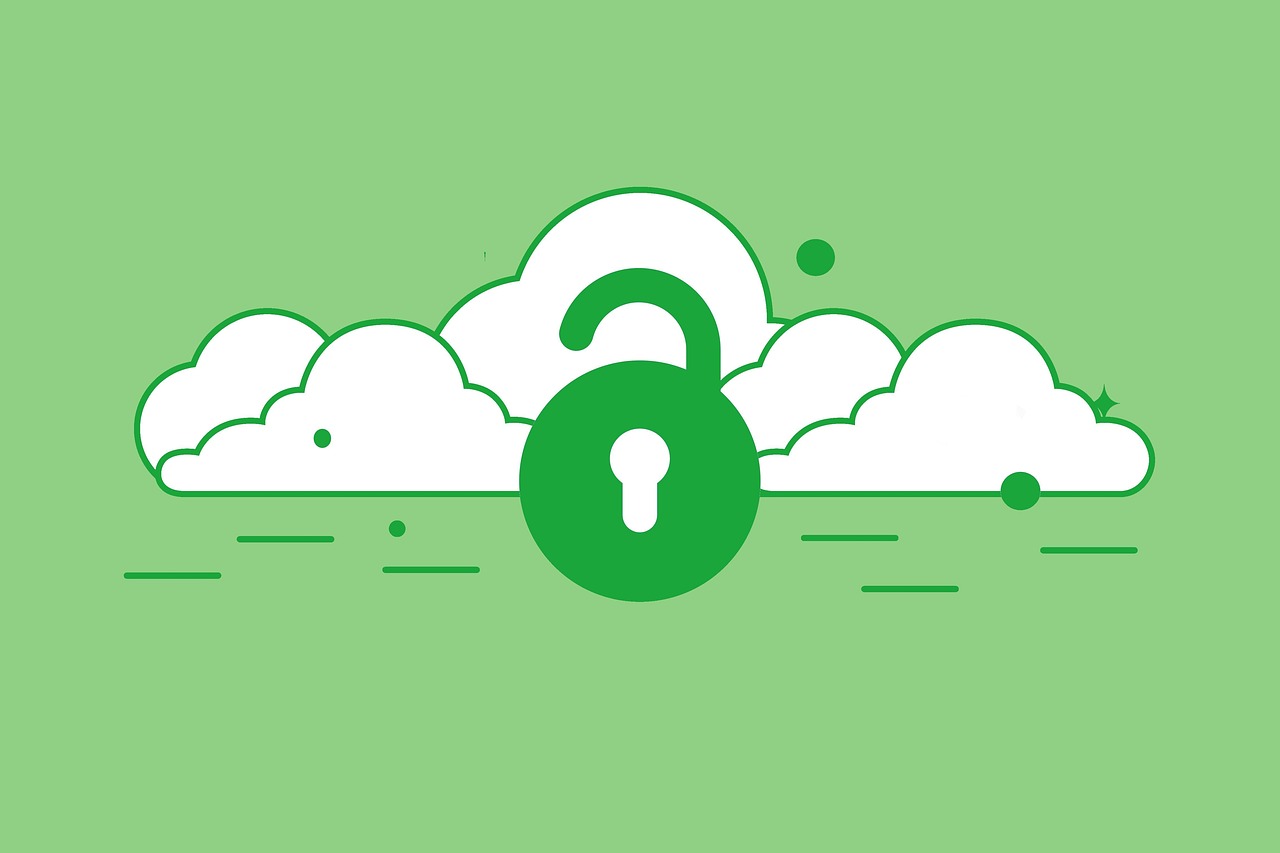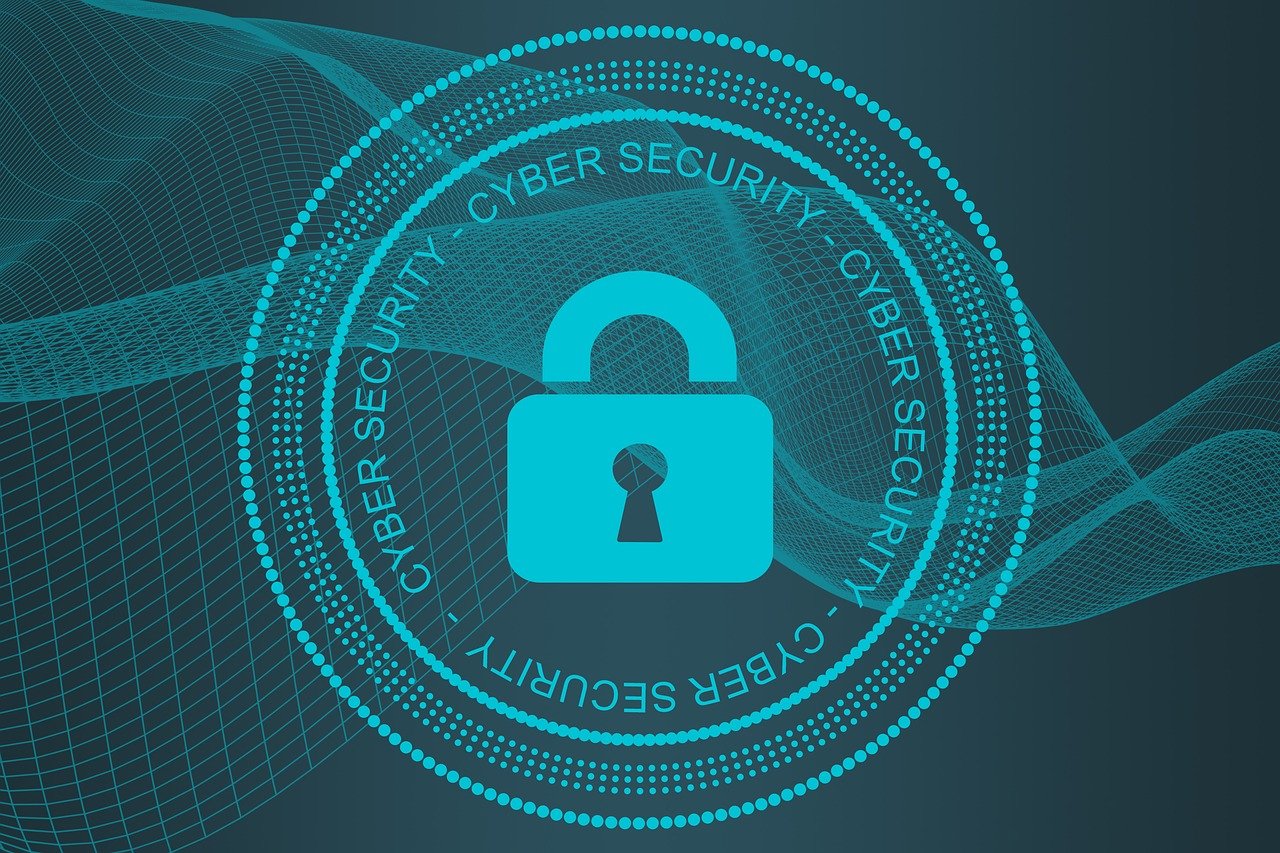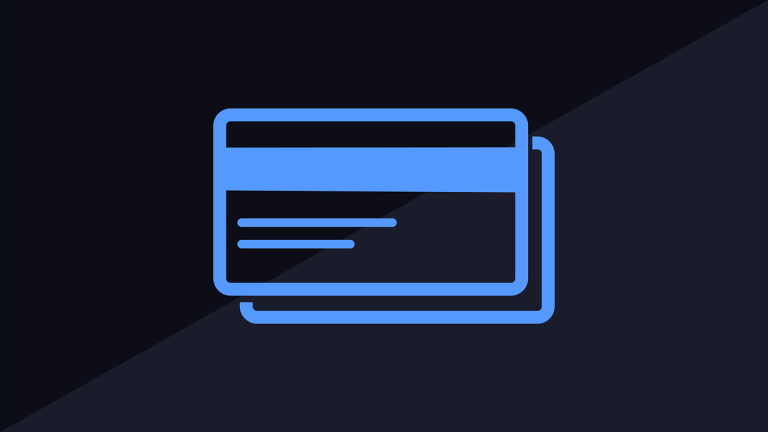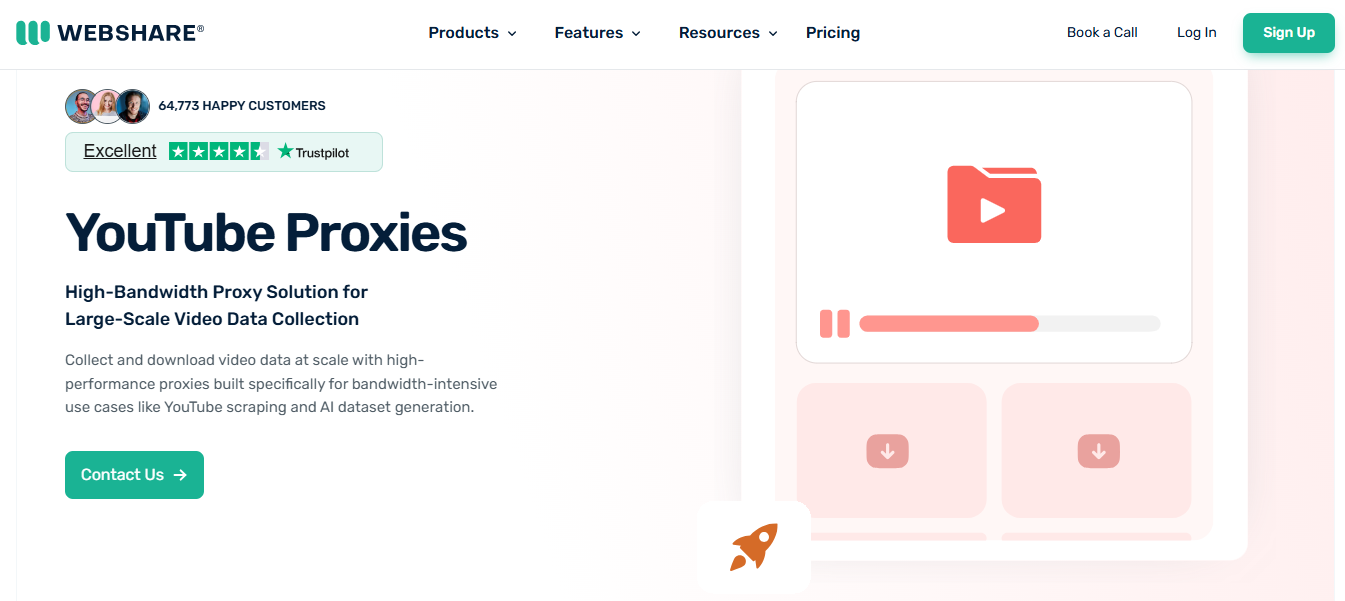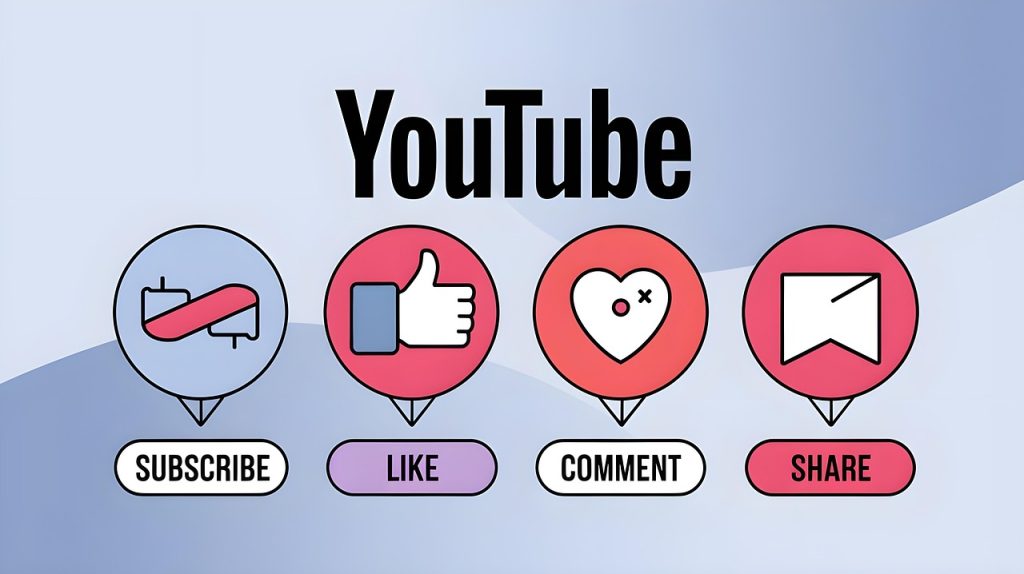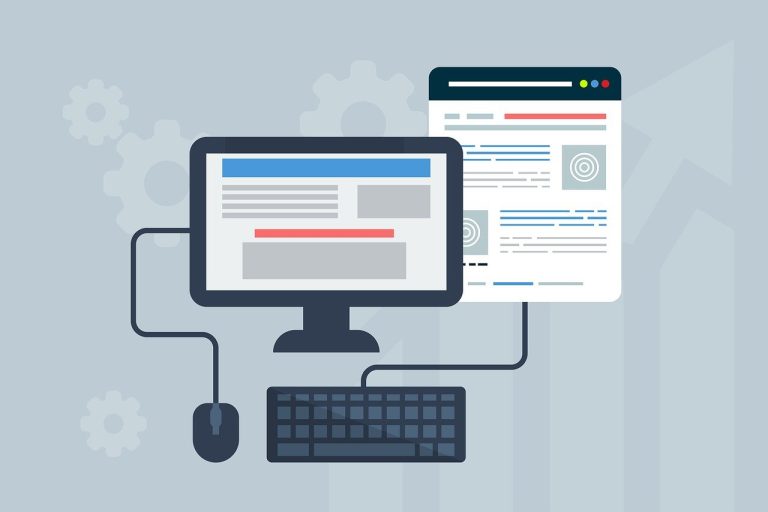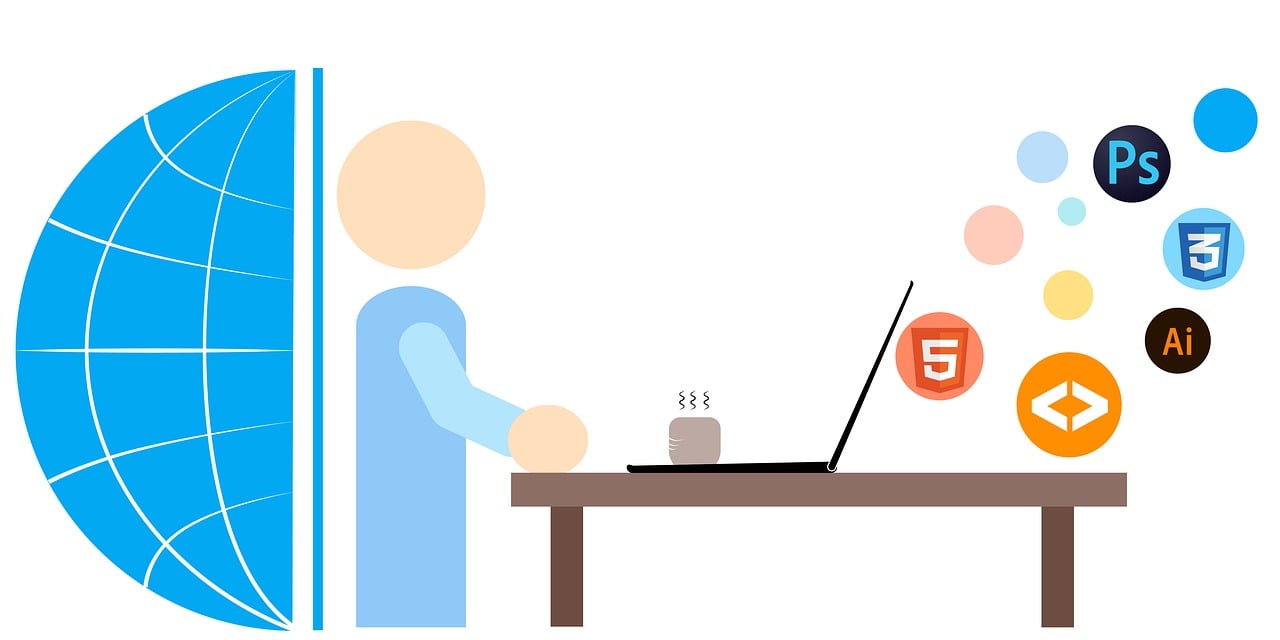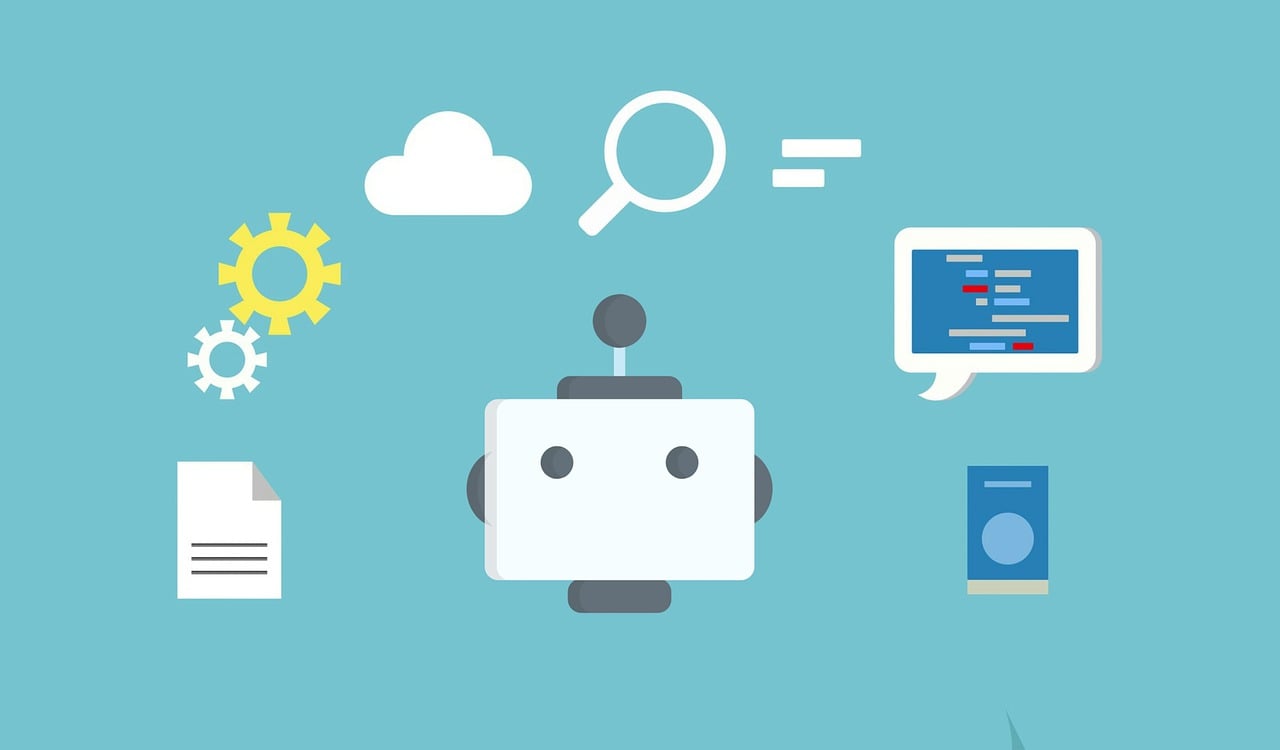In this post, I will discuss multimodal AI and the anticipated rise of intelligent agents in 2025. Also, I will discuss the future of cybersecurity, automation & emerging threats.
Artificial intelligence has advanced significantly in the last three years, surpassing the progress made in the preceding thirty, making 2025 a crucial year. Because nowadays, multimodal AI can process text, images, audio, video, code, behavioral data, and sensor data simultaneously. Earlier AI systems only worked with one type of input, but multimodal systems integrate these different streams into a single model for a deeper and more accurate understanding.
Intelligent AI agents are now here, and they do much more than just chat. They analyze data and make informed decisions, take action, utilize digital tools, and manage systems that automate tasks independently. Multimodal AI and intelligent agents now transformed the field of cybersecurity, business automation, digital forensics and general operating companies.
However, these advancements raise serious cybersecurity issues. Threat actors are now using AI to create adaptive malware, mimic human behavior, deliver incredibly realistic phishing schemes, create deepfake identities and exploit holes more quickly than ever before. As AI becomes more sophisticated that increases the scale and complexity of cyber dangers. Ensuring all systems are built on authentic security software is now a critical part of preventing AI-powered malware infiltration.
It will be beneficial for the enterprises to understand the changing environment quickly for ensuring security. This essay investigates multimodal AI, intelligent agents and cybersecurity in 2025 that focuses on both the opportunities and the emerging risks they present.
Table of Contents
What Exactly Is Multimodal AI?
Most artificial intelligence systems were limited in their capabilities before the advent of multimodal AI. Each model worked with just one type of input, such as text models, which could not understand images, and image models, which could not process audio. In this way, their abilities were separate and not very useful in real-world situations.
Now, AI can bring together data from various sources, including text, images, audio, video, code, user behaviour and network signals and help to understand situations more comprehensively, especially in cybersecurity, where threats often appear in multiple data streams.
Why 2025 Is a Turning Point
By 2025, multimodal AI models will be able to simultaneously understand and work with text, audio, images and sensor data.
Intelligent agents are moving beyond simply providing advice and are now assuming active roles in networks and become a regular part of operating systems and security systems.
AI now watches, analyzes, predicts, and reacts to events, presenting both significant opportunities and substantial risks.
Intelligent AI Agents: The New Digital Workforce
Intelligent agents represent the next stage in AI development. Unlike simple chatbots, which perform tasks, utilize tools, make decisions and act independently by collecting threat intelligence, automating maintenance, analyzing logs, checking alerts, writing reports, testing security and applying updates without requiring manual intervention.
Types of Intelligent Agents Emerging in 2025
Cyber Defense Agents
Cyber defense agents work nonstop to protect systems by observing devices, networks and cloud setups for unusual logins, bad scripts, data theft or unauthorized access. Their most significant strength is speed and can find, analyze and stop threats before human analysts even notice.
These agents also scan all IT systems for outdated software, misconfigured servers, unpatched systems, and other vulnerabilities. For example, instead of just reporting problems, they can schedule and apply patches for changes in system settings and secure sensitive areas to stop attacks.
Digital Forensic Agents
Digital forensic agents use logs, screenshots, file histories, user activity and network behaviour to reconstruct cyberattacks by providing detailed attack timelines, identifying points of entry that follow an attacker’s movements and gathering evidence for investigations.
With advanced multimodal capabilities, these agents can evaluate video footage, image-based evidence and anomalous user behavior thus providing insights that traditional forensic tools sometimes ignore.
During forensic investigations, having access to reliable system backups is critical. Solutions such as AOMEI Backupper ensure that disk images and system states can be restored safely for analysis.
Intelligent Malware (The Dark Side)
Unfortunately, cybercriminals are also using intelligent agents as a type of malware which can rewrite its own code to evade detection, mimic human behavior, make deepfake audio to deceive employees and adapt swiftly to security measures. Such AI-driven threats are significantly more complex and destructive than typical malware.
How Multimodal AI Enhances Cyber Defense
Real-Time Threat Detection With High Accuracy
The dependency of traditional cybersecurity on known malware signatures and predefined rules is now useless against current dynamic threats.
Multimodal AI improves detection by assessing behavior and context from several data sources by detecting aberrant processes, suspect login attempts, altered audio and strange image-based activity. This greater understanding allows for faster threat detection while lowering false positives.
Autonomous Incident Response
Today’s intelligent agents can also act immediately as they automatically isolate infected devices, stop malicious processes, quarantine suspicious data, enforce firewall rules and even suspend high-risk user accounts. Tasks that once required hours of physical intervention can now be completed in seconds.
Predictive Cybersecurity
Multimodal AI also improves predictive defense. The AI helps enterprises with early warning signals by studying previous incidents, global threat intelligence, behavioral trends and even chats on dark-web forums which often predict possible assaults before they occur.
Better Cloud & SaaS Security Monitoring
AI agents in cloud settings constantly monitor for API abuse, unusual administrative activity, questionable data transfers and lateral movement between cloud platforms by improving cloud security and narrows the window of opportunity for attackers.
New Cyber Threats Emerge Due to Multimodal AI
The cybercriminals’ techniques evolve with the advancement of technology.
AI-Generated Phishing
Nowadays AI is able to produce extremely convincing phishing emails that closely mimic legitimate firm emails in terms of writing style, logo and even realistic attachments. Attackers can accurately imitate CEOs or employees using deepfake audio and video. Such attacks are almost tough to identify with the unaided eye due to AI-generated images and documents.
Autonomous Hacking Agents
Criminals now employ hacking bots that can analyze networks, identify weaknesses, move between systems, steal data and rapidly alter their behavior. These agents work nonstop and adjust to defenses right away.
Deepfake-Driven Fraud
Deepfake scams are now more than just a form of entertainment. Criminals use AI-made voices to pretend to be CEOs and tell employees to send money. Deepfake videos can deceive facial recognition systems in security applications. Even biometric security is now at risk.
Data Poisoning at Scale
Furthermore, hostile actors can provide AI systems with fabricated or manipulated data by causing the AI to generate wrong or hazardous results. It poses a substantial risk to industries that rely heavily on AI such as healthcare, banking, recruitment and law enforcement where poor decisions can have serious implications.
Cybersecurity Strategies for the Multimodal AI Era
Adopt Zero Trust Security Architecture
Zero Trust is based on the premise that no user, device or program, whether inside or outside the company should be automatically trusted. The illegal access may limit the danger by validating each request on a constant basis.
Deploy AI-Powered EDR and XDR Tools
Modern endpoint detection systems use multimodal analysis for detecting aberrant behavior, complicated attack sequences and subtle threats that classic antivirus technologies frequently miss.
Use Deepfake Detection Solutions
The enterprises must also implement AI systems to combat deepfake-driven cybercrime by detecting modified audio, video and image information.
Train Employees for AI-Aware Threats
Cybersecurity awareness training needs to adapt so that employees can grasp how AI-enhanced phishing attacks work, how deepfake schemes are carried out, and how to identify suspicious communications.
Secure the Cloud With AI Observability
Real-time AI monitoring is critical in cloud environments for detecting and identifying theft, unusual access patterns, and unwanted data transfers.
Limit AI Agent Autonomy
Even useful AI agents require constant supervision to avoid inadvertent or unwanted acts. Organizations should enforce explicit permission boundaries by keeping extensive audit logs and use tiered access restrictions.
AI-powered security systems are required for continuous monitoring of unexpected decisions, performance abnormalities, data poisoning efforts or erratic system behavior for maintaining long-term reliability, stability and trustworthiness.
AI Defenders vs. AI Attackers: The Cybersecurity War of 2025
For the first time, cybersecurity is becoming a direct battle between AI systems. Defensive agents fight to defend networks while hostile AI-powered tools try to breach both learning, adapting and improving at unprecedented rates.
Human cybersecurity teams remain critical because the battle is increasingly being conducted at machine speed and intelligence.
Conclusion
The multimodal AI and intelligent agents revolutionizes cybersecurity and corporate technology in 2025 to enhance threat detection, automating quick responses, foreseeing new attacks and strengthening cloud security.
However, these advancements also bring with them new difficulties like deepfake-based fraud, self-modifying malware, AI-driven phishing campaigns and widespread data poisoning attacks.
Thus organisations must adopt cutting-edge AI-driven defensive systems by building robust Zero Trust architectures and prepare for increasingly sophisticated, adaptive and self-sufficient world’s attacks.
Digital combat is becoming less about human attackers versus human defenders and more about machine versus machine but controlled by human’s strategy and keeping an eye on the ethical and controlled application of AI technologies.
Author’s Bio:
I am Farah Naz, a skilled technology and AI content writer specialising in artificial intelligence, AI-powered mobile app ideas, cybersecurity, data privacy and the ethical use of software. I create explicit, engaging content that simplifies advanced AI concepts and mobile technology trends for entrepreneurs, developers and general audiences. Passionate about digital safety that can generate significant revenue and drive future tech growth.
If you are developing and managing AI-powered applications, guaranteeing software authenticity is crucial. Visit Ordersoftwarekeys.com | Trusted Digital Software License Store, a reputable platform for authentic software licensing keys that helps developers and startups gain affordable and legal access to essential tools.
INTERESTING POSTS








